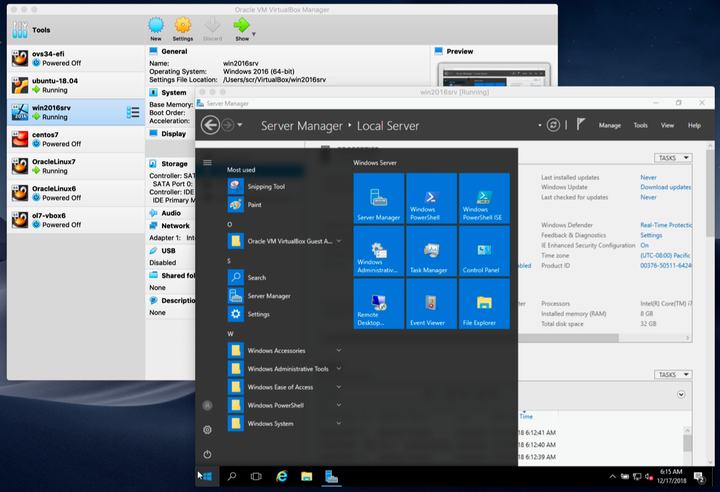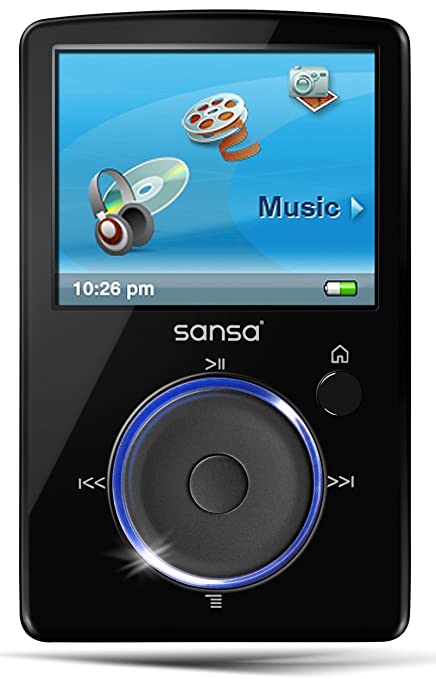This tiny driver utility quickly searches your system for connected hardware. It identifies many different connected devices and also includes hardware which has been marked as 'Unknown' in the device manager.
It gives you a little bit more information about a certain device so that you can find the proper drivers required to get it up and going in Windows.
Unfortunately when we tested an older scanner we thought was heading to the dustbin, it was configured that our old scanner would probably never work any newer version of Windows.

In short, this is a small tool which may help you figure out whether there are drivers available for your potentially outdated device.
- Windows paravirtual (PV) drivers are high-performance network and disk drivers that significantly reduce the overhead of the traditional implementation of I/O device emulation. These drivers provide improved network and disk throughput to run fully virtualized Windows guests in an Oracle VM Server for x86 environment.
- If you configured a mass storage device where you want to install Microsoft Windows Server 2012 R2 or Windows Server 2016, load the driver for the device when you install the operating system. In the following table, identify the device and driver that are supported on your server.
- All devices operating in MTP mode are supported. Note: The MTPdrive is not a replacement for the device's factory (or Windows default) device driver. You must be able to connect your device to the computer and have it visible in the Windows Explorer, before it can be mapped as a drive letter using the MTPdrive.
- Update Your System Drivers. Although Windows 10 should have the USB 3.0 drivers you need to use your compatible devices, it may be some other drivers are too out of date to work properly. To update them, you need to know the name and model of your system or device. If you want to be specific, know the motherboard make and model, too.
Download Center. Download Center. Microsoft® ODBC Driver 13.1 for SQL Server® - Windows, Linux, & macOS. Links to drivers for other Surface devices are in the.
Good luck!

Features and highlights
- Identifies USB 1.1/2.0/3.0 devices
- Identifies IEEE 1394 devices
- Identifies ISA Plug&Play devices
- Identifies AGP Bus devices
- Identifies PCI, PCI-E, eSATA devices
- Find drivers for hardware devices
- Contact hardware vendor directly from app
Oracle Usb Devices Driver Download For Windows 8.1
Unknown Device Identifier 9.01 on 32-bit and 64-bit PCs

This download is licensed as freeware for the Windows (32-bit and 64-bit) operating system on a laptop or desktop PC from drivers without restrictions. Unknown Device Identifier 9.01 is available to all software users as a free download for Windows.
Filed under:- Unknown Device Identifier Download
- Freeware Drivers
- Driver Identifier Software
4.2 Installing Oracle VM PV Drivers for Microsoft Windows
Oracle Usb Devices Driver Download For Windows 10
Before You Begin. Do the following before you start the installation process:
Review the list of supported Microsoft Windows operating systems. See Section 2.2, “Supported Guest Operating Systems”.
Configure system policies to allow the installation. See Section 4.1, “Configuring Policies for Device Installation”.
You can install the Oracle VM PV Drivers for Microsoft Windows using the graphical installation program or by performing a silent installation. You should use the graphical installation program if you are installing a single instance of the Oracle VM PV Drivers for Microsoft Windows. If you plan to silently install multiple instances of the Oracle VM PV Drivers for Microsoft Windows, you must run the graphical installation program in a command line window on at least one Microsoft Windows guest to create a response file. You can then use the response file to perform all subsequent installations silently.
Oracle USB Devices Driver Download For Windows 10
To install the Oracle VM PV Drivers for Microsoft Windows, do the following:
Create a new virtual machine and install a supported operating system.
Copy the Oracle VM PV Drivers for Microsoft Windows installation program,
Setup.exe, to the guest.Do one of the following:
Double click
Setup.exeto start the Oracle VM PV Drivers for Microsoft Windows installer.Open a command line window and then:
Navigate to the directory where the
Setup.exefile is located.Run Setup.exe -r to start the Oracle VM PV Drivers for Microsoft Windows installer and create a response file for silent installations.
If prompted, select Yes in the User Account Control dialog to allow the Oracle VM PV Drivers for Microsoft Windows installer to proceed.
Figure 4.1 Oracle VM PV Drivers for Microsoft Windows user account control dialog
The initial installer window is displayed.
Figure 4.2 Oracle VM PV Drivers for Microsoft Windows installer window
Click Install to start the Oracle VM PV Drivers for Microsoft Windows installation.
The installer copies the Oracle VM PV Drivers for Microsoft Windows files, and installs the drivers on the guest. The Installation Complete window is displayed.
Phoenix driver download for windows. Figure 4.3 Installation Complete window
Check Yes, restart the system now and click Finish. The virtual machine is restarted.
If you used the -r option in the command line, the installation program creates a response file in the C:Windows directory. You then use the response file, setup.iss, to perform silent installations on other Microsoft Windows guests. See Chapter 6, Silently Installing or Upgrading the Oracle VM PV Drivers for Microsoft Windows.
Copyright © 2011, 2019, Oracle and/or its affiliates. All rights reserved. Legal Notices